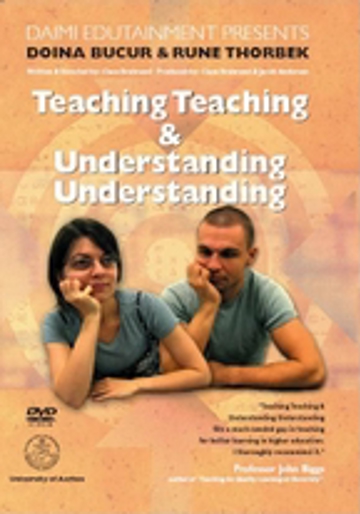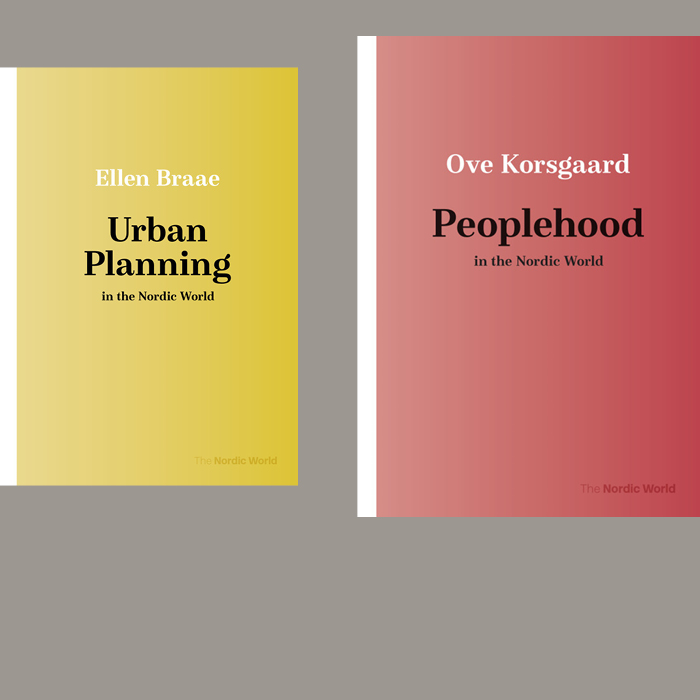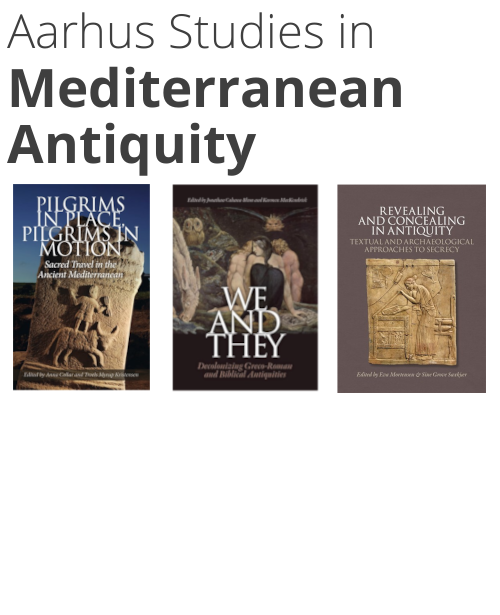
Teaching Teaching & Understanding Understanding
DVD - 100 pcs.
A part of the subject area Pedagogics
More about the book
Table of contents
"Teaching Teaching & Understanding Understanding" is a 19 minutes award winning short film about teaching at University and higher level educational institutions. The film looks at higher level education from three different perspectives; the student's perspective, the teacher's perspective and the perspective towards the subject matter to be taught and learned. Finally, all these insights are integrated - and the film presents one of the most important insights from research in the area of teaching/learning; namely "Constructive Alignment" (developed by John Biggs).
In the film, we follow two prototypical student strategies, personified as "Susan" and "Robert", who have very different motivations for being at University. Susan is internally motivated - and attends University in order to learn exciting new things and skills. Robert is externally motivated - and his goal is, not necessarily to learn, but to pass exams, get a degree, and get a decent job. We follow the two students (student strategies) through their endeavors at University, tracing them through the three prespectives of the film earlier mentioned .
In addition to presenting "models of students" on which teachers may act, the film also presents a categorization of different cognitive levels of understanding (with concrete examples), looks at how we humans acquire new knowledge and competences, and how to use all this to understand concretely what a teacher can do to ensure that all types of students actually learn what the teacher wants them to.
The genre of the film is "edutainment" - a contraction of EDU(cation) and (enter)TAINMENT: with primary emphasis on the EDU part; however, the film employs substantial and carefully dosed portions of humour in order to engage the viewer, to provoke reflection, and to make it a joy to watch.
The film is already in use by teaching/learning units at various universities and institutions around the world, for teaching to new teachers - and to "upgrade" and provide a theoretical foundation for experienced teachers. The film is primarily intended for educational development units and for teachers, but students will also take away valuable insights and knowledge from it (which may have a positive impact on their learning behavior).
We expect the film to have the strongest impact when used in learning context. It is excenllent for "big-screen presentation" as a basis ofr and to start a debate about teaching. The DVD includes a menu and subtitles in seven languages: English, French, Spanish, Italian, Portuguese, German and Danish
Press reviews
Review of the short film by teaching/learning researcher (*****)
John Biggs Honorary Professor of Psychology, University of Hong Kong
"Teaching Teaching & Understanding Understanding fills a much needed gap in teaching for better learning in higher education. I thoroughly recommend it".
John Biggs, author of "Teaching for Quality Learning at University".
Review of the short film by educational developer (*****)
Jens Tofteskov Copenhagen Business School (CBS)
"This film is simply excellent: with a sense of humour, concise, and to the point".
Statement from "The Golden Ratio" 2006 Award jury
"The production conveys substantial insights from the area of didactics (university studies in education). It is a basis for a discussion about three perspectives on higher education; the students' activities, the teachers' activities, and the subject matter to be taught and learnde.
It is intended for teachers and students at higher educational institutions. It is an exemplary basis for reflection with good indentificational opportunities for the target audience.
In about twenty minutes it manages to convey a complicated message in a very well-structured and thought-provoking way.
One of the mechanisms used in humour; another image and graphics. It is not just a double portrayal, where images and spoken words elicit the same information in two different ways. On the contrary, sound, image, and graphic elements are brought together elegantly forming one united expression.




